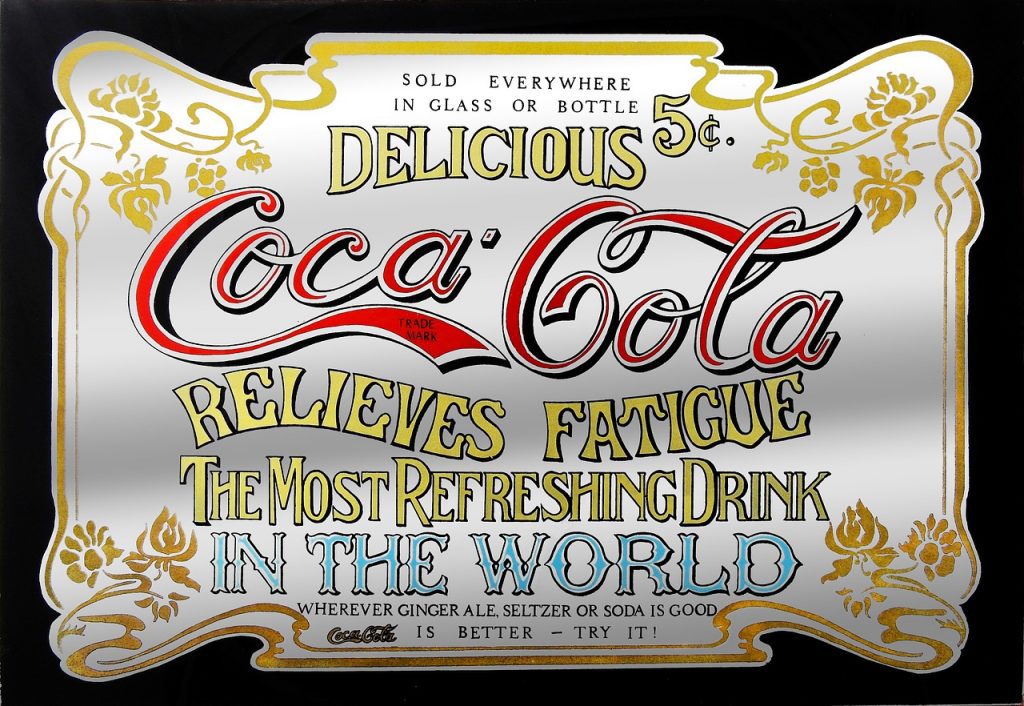Why does the FTC matter to Amazon sellers?
The Federal Trade Commission is responsible for a variety of consumer protections in the United States, ranging from identity theft, to predatory debt collection practices, to various privacy protections, such as the do not call registry.
In Amazon’s context, the FTC regulates “Truth in Advertising” for consumer products in the US. This may include country of origin declarations; honest and factual admission of material types, such as fur type or 100% cotton, or 14k gold; and making advertising claims that can be backed up by verifiable scientific evidence – usually a test report from an accredited third party laboratory suffices for this.
FTC’s website states:
When consumers see or hear an advertisement, whether it’s on the Internet, radio or television, or anywhere else, federal law says that ad must be truthful, not misleading, and, when appropriate, backed by scientific evidence. The Federal Trade Commission enforces these truth-in-advertising laws, and it applies the same standards no matter where an ad appears – in newspapers and magazines, online, in the mail, or on billboards or buses. The FTC looks especially closely at advertising claims that can affect consumers’ health or their pocketbooks – claims about food, over-the-counter drugs, dietary supplements, alcohol, and tobacco and on conduct related to high-tech products and the Internet. The FTC also monitors and writes reports about ad industry practices regarding the marketing of alcohol and tobacco.
When the FTC finds a case of fraud perpetrated on consumers, the agency files actions in federal district court for immediate and permanent orders to stop scams; prevent fraudsters from perpetrating scams in the future; freeze their assets; and get compensation for victims.
So, what qualifies as a “fraud” and what actions has Amazon taken to ensure FTC compliance for their website?
Amazon manually monitors all content produced for copy in headline advertisements, coupons, enhanced brand content, and storefronts, because each of those are considered to be under the FTC’s jurisdiction as an advertisement.
Let’s look at some examples:
Headline search ad: “The very best cleaner you could use”
Problem: Any sort of superlative is going to be problematic – the very best, the most, or any words ending in -est.
In this case, a better headline would be, “Proven 40% More Effective Than Leading Competitor.” The claim can be backed up by third party laboratory testing (if true, of course) and is a specific, provable claim.
Headline search ad: “Helps to Prevent Cancer and Reduce Cholesterol”
Problem: Any unfounded health claims are going to get your ads turned down. A long time ago, these kinds of claims were eliminated in the detail page copy itself, through another review process Amazon built. Not only does it violate FTC truth in advertising, but it also violates FDA (Food & Drug Administration) regulations on health claims.

For EBC, it’s a little harder to get everything right – but the easiest way to prevent FTC noncompliance is to avoid superlatives, guarantees, warranties, or promises in your copy.
If you must include a guarantee or warranty, it should be included as an insert in your packaging or in the file attachments on the listing if you’ve signed up for the B2B (business to business) program. Technically speaking, the warranty or guarantee language should not be present on the detail page at all, according to Amazon policy.
One of my favorite stories about truth in advertising compliance is regarding what are called “law labels.” Law labels are the labels on mattresses, comforters, and other stuffed or upholstered articles that provide information on the stuffing material, the country of origin, the manufacturer or importer, and more, but most notably state, “Do Not Remove Under Penalty of Law.” As a child, this statement freaked me out enough to never move one of these labels from my own bed and comforter, even when it looked silly! Of course, it’s fine to remove (and even says it’s fine) if you’re the end consumer.
This law label is a requirement in more than half of US states, and exists because over a hundred years ago, mattresses, comforters, and other stuffed or upholstered articles were frequently stuffed with unhygienic or used products.
Yes, you got that right… from molding corn husks, to dirty old newspapers, to other kinds of rotting leaves or vegetation, nearly anything could be inside of a mattress or upholstered article.
As consumer culture became more prevalent and people made less and less of their household goods themselves, state legislatures decided that they deserved to know what they were buying.
And thus, truth in advertising was born, with the humble law label.












